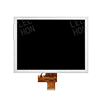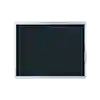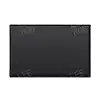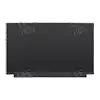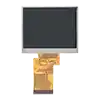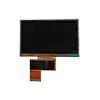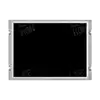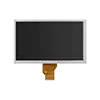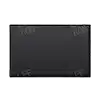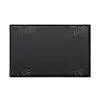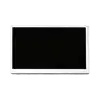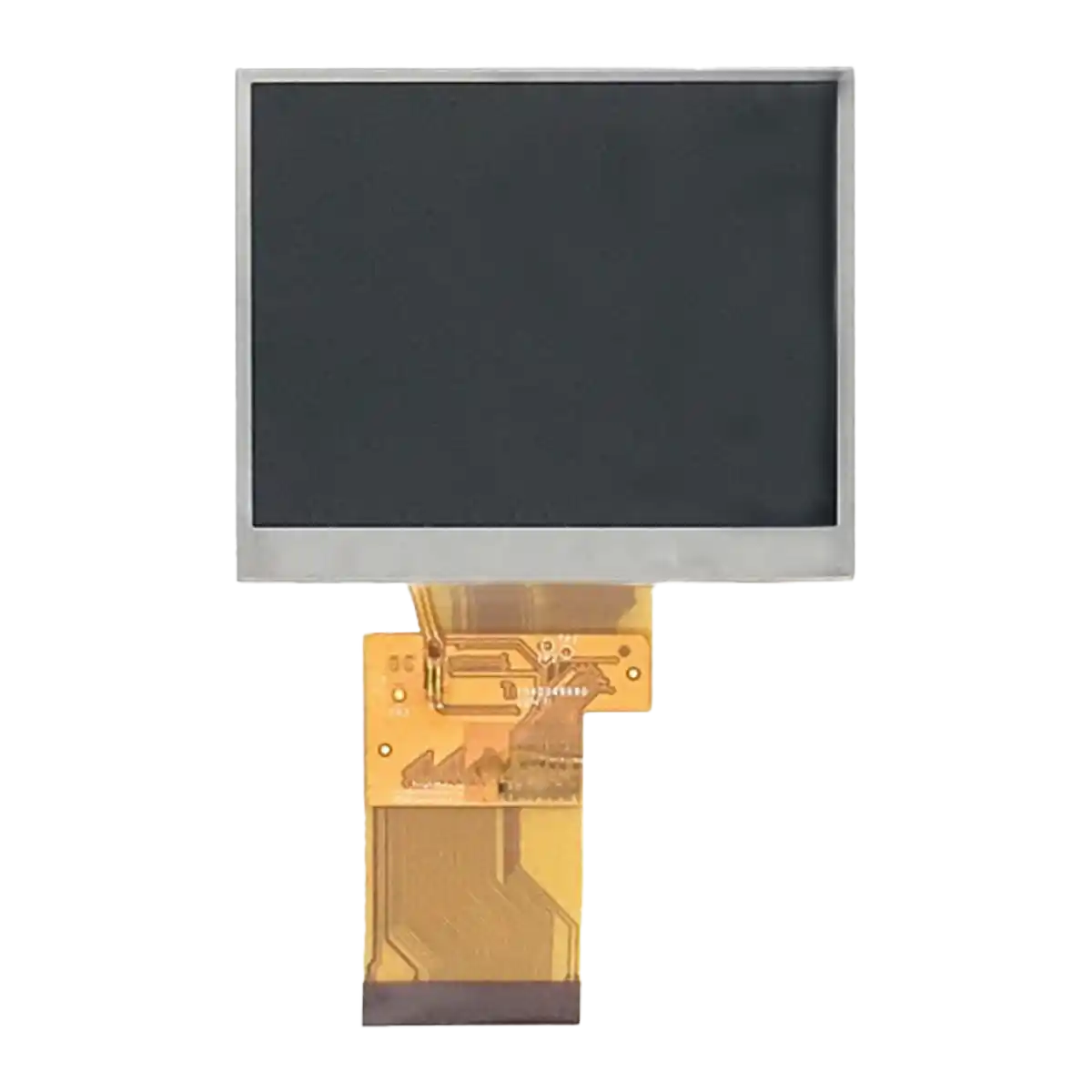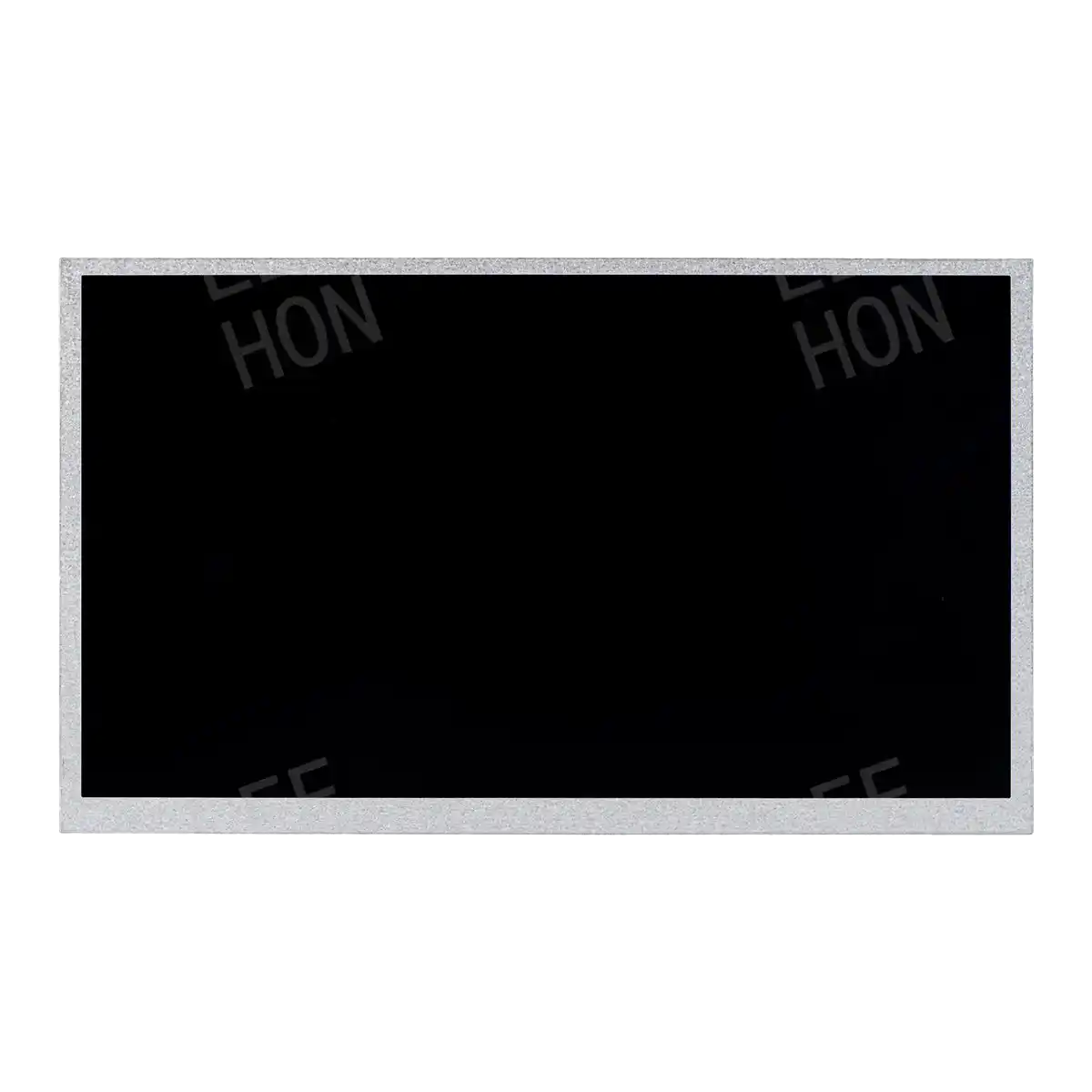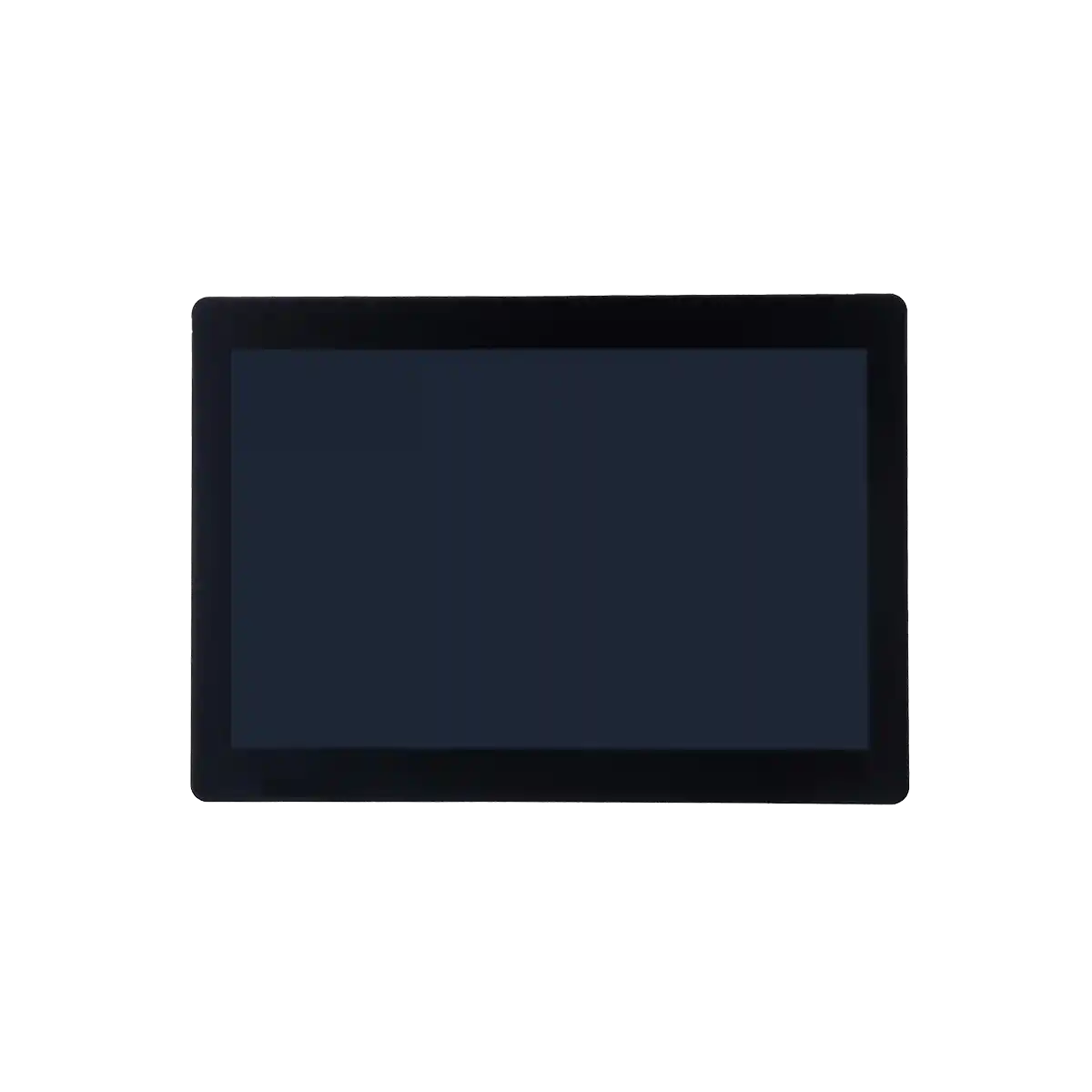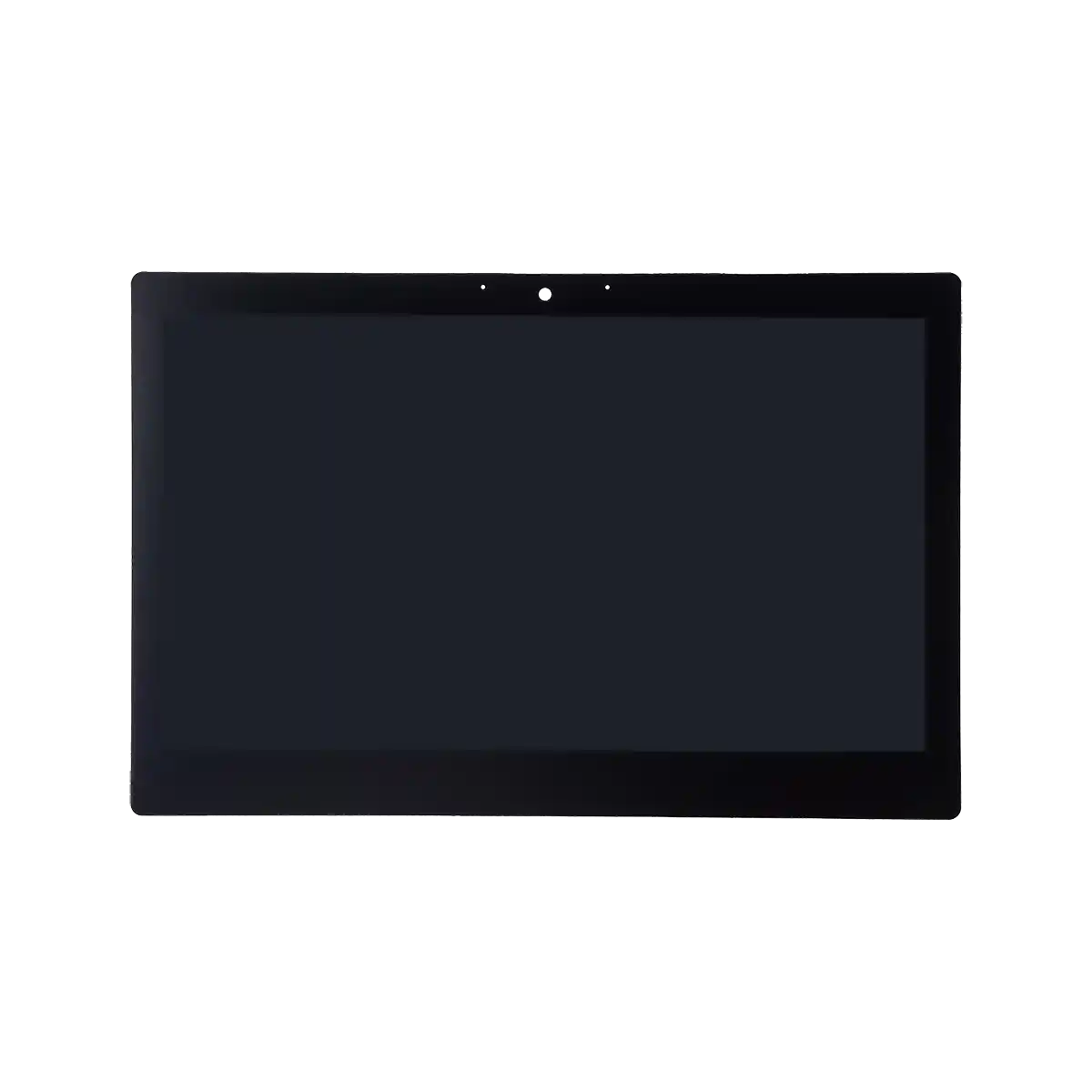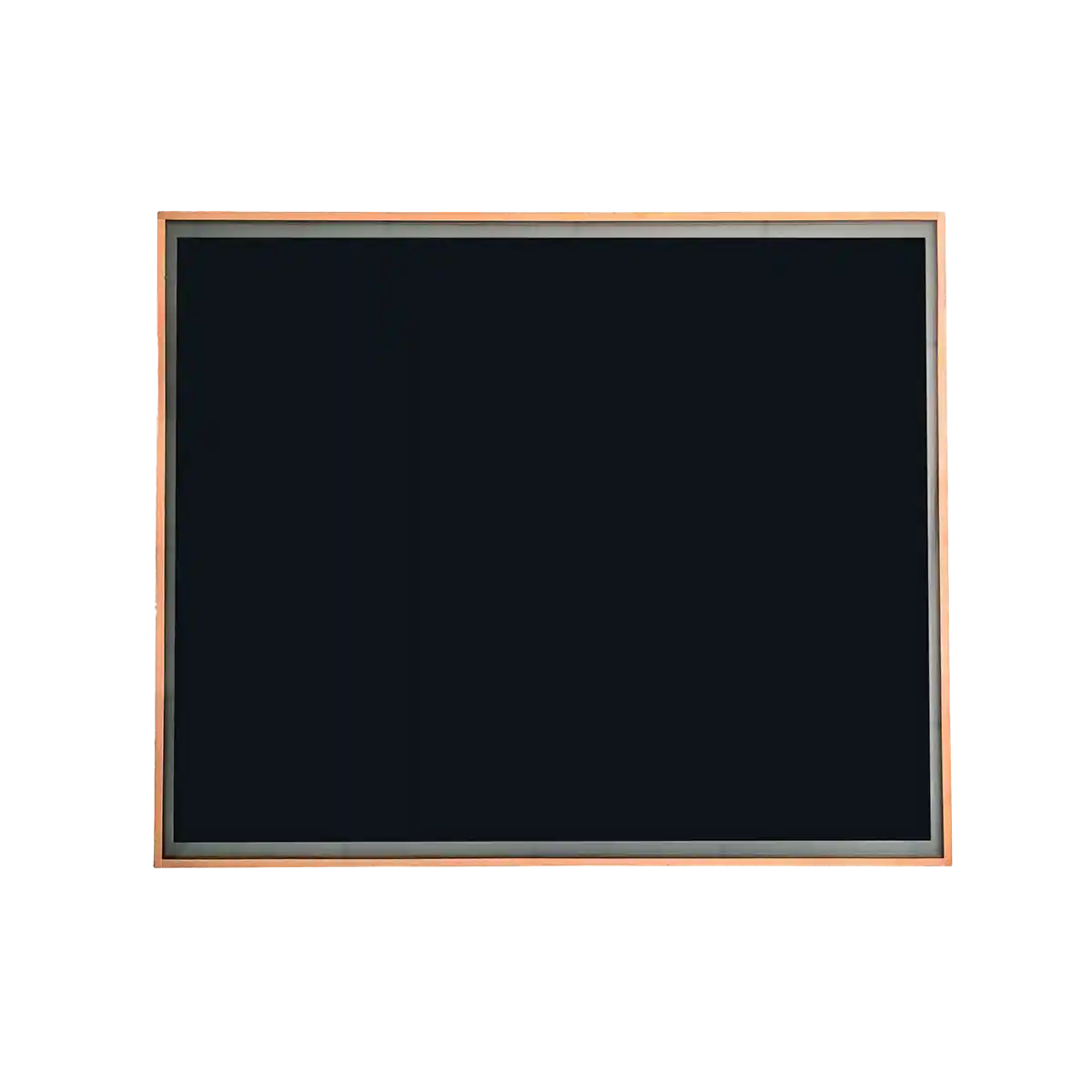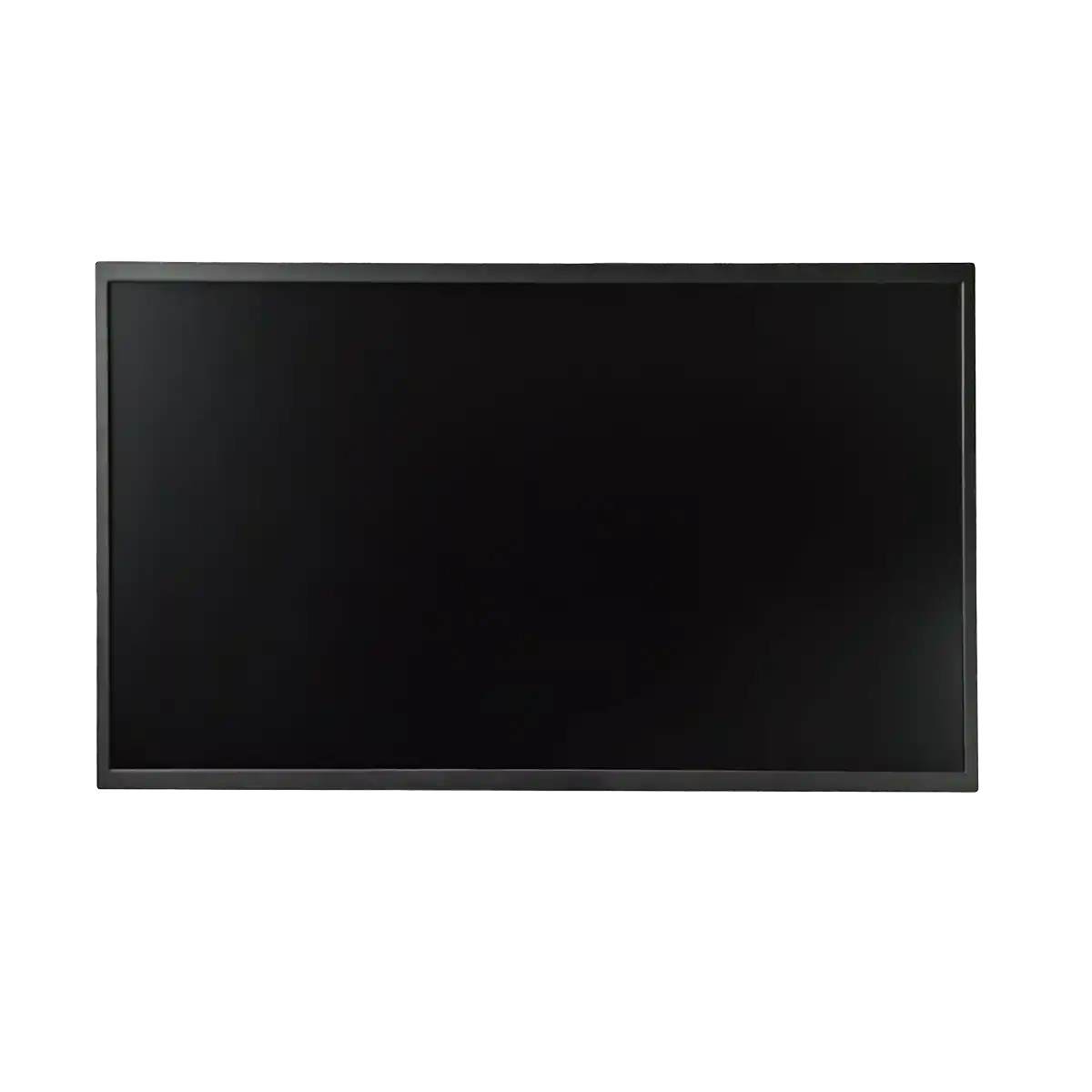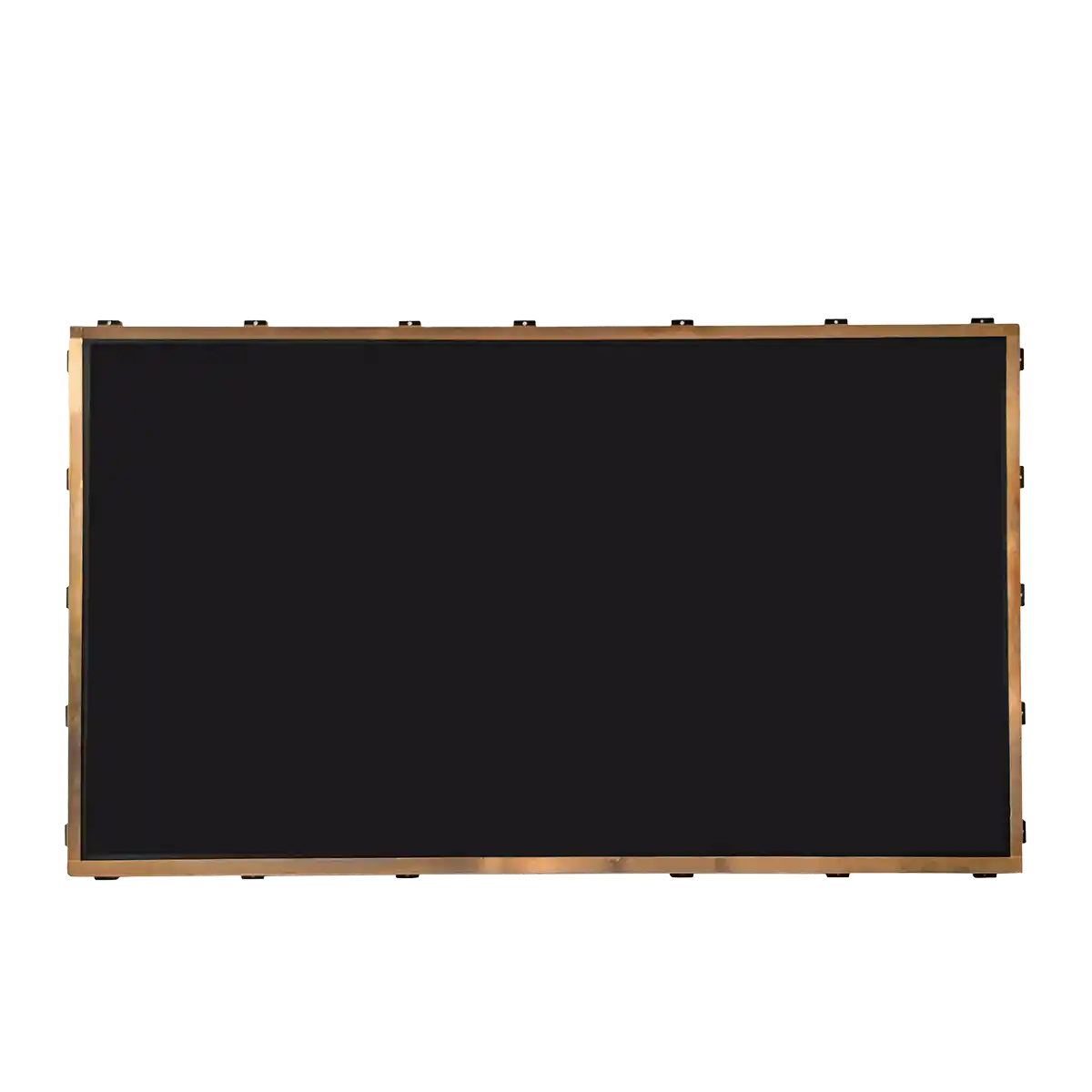The Impact of Industrial LCD Screens on Safety
Introduction:
In the intricate tapestry of industrial operations, the role of Industrial LCD Screens is not merely as a visual aid but as a critical component in ensuring safety. As a dedicated professional in the field of industrial display technology, I am committed to exploring the profound impact these screens have on the safety protocols of various industries. In this comprehensive article, I will elucidate the importance of Industrial LCD Screens in safeguarding the workforce and the machinery they operate.

Body:
Industrial LCD Screens, or Liquid Crystal Display screens designed for industrial environments, serve as the interface between humans and machines. These screens are pivotal in conveying vital information that can preemptively address potential hazards and ensure operational safety. The key aspects that contribute to their safety impact include:
1. High Visibility: Industrial LCD Screens are engineered to offer superior visibility under various lighting conditions, often employing anti-reflective coatings and high-contrast displays. This ensures that critical information is legible and accessible to operators, reducing the risk of misinterpretation and accidents.
2. Real-Time Data Presentation: These screens are capable of displaying real-time data, which is crucial for monitoring equipment performance and detecting anomalies that could lead to safety incidents. The ability to process and present data promptly is a testament to their role in preventive safety measures.
3. Durability and Reliability: Given the harsh conditions of industrial settings, Industrial LCD Screens are built to withstand temperature extremes, physical impacts, and other environmental factors. Their durability ensures consistent performance, which is essential for maintaining safety protocols without interruption.
4. User Interface Design: The design of the user interface on Industrial LCD Screens is tailored to facilitate quick and accurate interpretation of information. Intuitive layouts, clear labeling, and the use of visual indicators such as alarms and warnings contribute to a safer operational environment.
5. Touch-Screen Functionality: In some applications, Industrial LCD Screens incorporate touch-screen technology, allowing for direct interaction with the displayed information. This can reduce the need for physical controls, minimizing the risk of accidental activation of machinery or processes.
Conclusion:
The integration of Industrial LCD Screens in industrial settings has a profound and positive impact on safety. By providing clear, real-time information and being designed to withstand the demands of industrial environments, these screens serve as a vital link between operators and machinery. Their role in enhancing safety cannot be overstated, as they contribute to the prevention of accidents and the protection of both human life and equipment.
Expansion:
As we look to the future, the evolution of Industrial LCD Screens is set to further augment their safety impact. Advancements in display technology, such as the incorporation of augmented reality (AR) overlays, could provide operators with an even more immersive and informative interface. This could include real-time safety alerts, visual guidance for complex tasks, and enhanced situational awareness.
Additionally, the integration of artificial intelligence (AI) within these screens could lead to predictive analytics, where the system anticipates potential safety risks based on historical data and current trends. This proactive approach to safety could revolutionize industrial operations by preempting incidents before they occur.
Furthermore, the development of flexible and conformable displays could allow for the integration of Industrial LCD Screens into the very structure of machinery, providing a seamless interface that is both ergonomic and intuitive. This could reduce the cognitive load on operators, allowing them to focus more on safety and less on deciphering information.
In conclusion, the impact of Industrial LCD Screens on safety is multifaceted and continues to grow as technology advances. Their role in the industrial landscape is set to expand, with the potential to not only maintain but also enhance the safety of operations through innovative integration and functionality.
This article has explored the critical role of Industrial LCD Screens in ensuring the safety of industrial operations. By examining their features and potential future developments, we have seen how these displays are integral to the prevention of accidents and the protection of both personnel and equipment. As technology continues to evolve, so too will the capabilities and applications of Industrial LCD Screens, further solidifying their place as a cornerstone of industrial safety.
Recommended Articles
-
Are the displays in Tesla's Cyb
2024-12-10 -
Interpretation Report on AUO's
2024-12-05 -
ADS Pro: The Future of Display
2024-12-04 -
The Trajectory of South Korea's
2024-12-04 -
Practical Applications of Indus
2024-09-26 -
Hangzhou LEEHON Technology supp
2024-09-14 -
How to Check for Issues in Indu
2024-09-11 -
How does an LCD screen find ind
2024-09-11 -
What is the difference between
2024-09-11 -
In-depth analysis of the develo
2024-09-10


